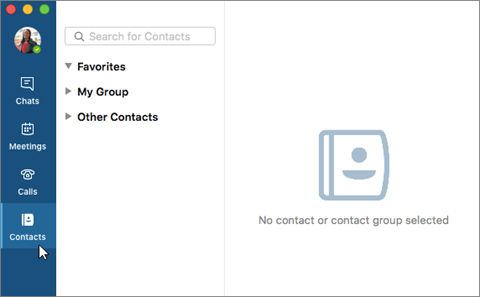
call forwarding, team call, delegation, team ring, Group Call Pickup, and Response Groups don’t work with Private Lines.Unless you decide to push it to the address book, Private Lines are never published on your contact card.However, unanswered calls will be diverted to the voice mailbox if one is configured. You cannot assign an additional voice mailbox to a private line.You can assign only one private line to a user.PS C:\Windows\system32> Get-CsUser | fl Name, LineURI, PrivateLineĪdditionally, Private Numbers have a different behaviour and rules than Primary Lines: Now if I run the | fl (or | ft) switch with the right parameters, I’ll get what I’m looking for: Service,CN=Services,CN=Configuration,DC=y0av,DC=local HomeServer : CN=Lc Services,CN=Microsoft,CN=2:6,CN=Pools,CN=RTC

UserServicesPolicy : AllowUnifiedContactStore PersistentChatPolicy : Persistent Chat Enabled Identity : CN=Yoav Barzilay,OU=Users,DC=y0av,DC=localĮxternalAccessPolicy : Skype Directory enabled We must use the explicit Get-CsUser | fl -PrivateLine cmdlet to get the user’s private number: When you’ll run the Get-CsUser cmdlet against that user you’ll get everything… Except for the user’s private number. Use the Set-CsUser -PrivateLine cmdlet to assign a user with a private line. Well, first, you can only manage Private Lines via PowerShell. This is not to be mistaken for Response Groups Agent Anonymity, where agents can call on behalf of themselves or on behalf of the Response Group’s number. They can be used as various scenarios where a person needs a direct private line that’s not published in the contact card and isn’t displayed when you dial out.


 0 kommentar(er)
0 kommentar(er)
